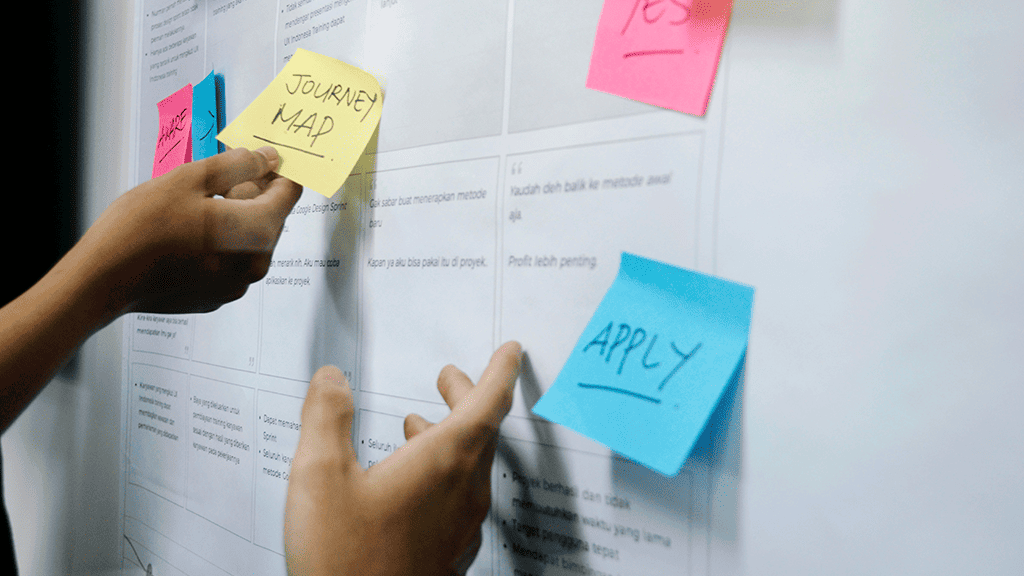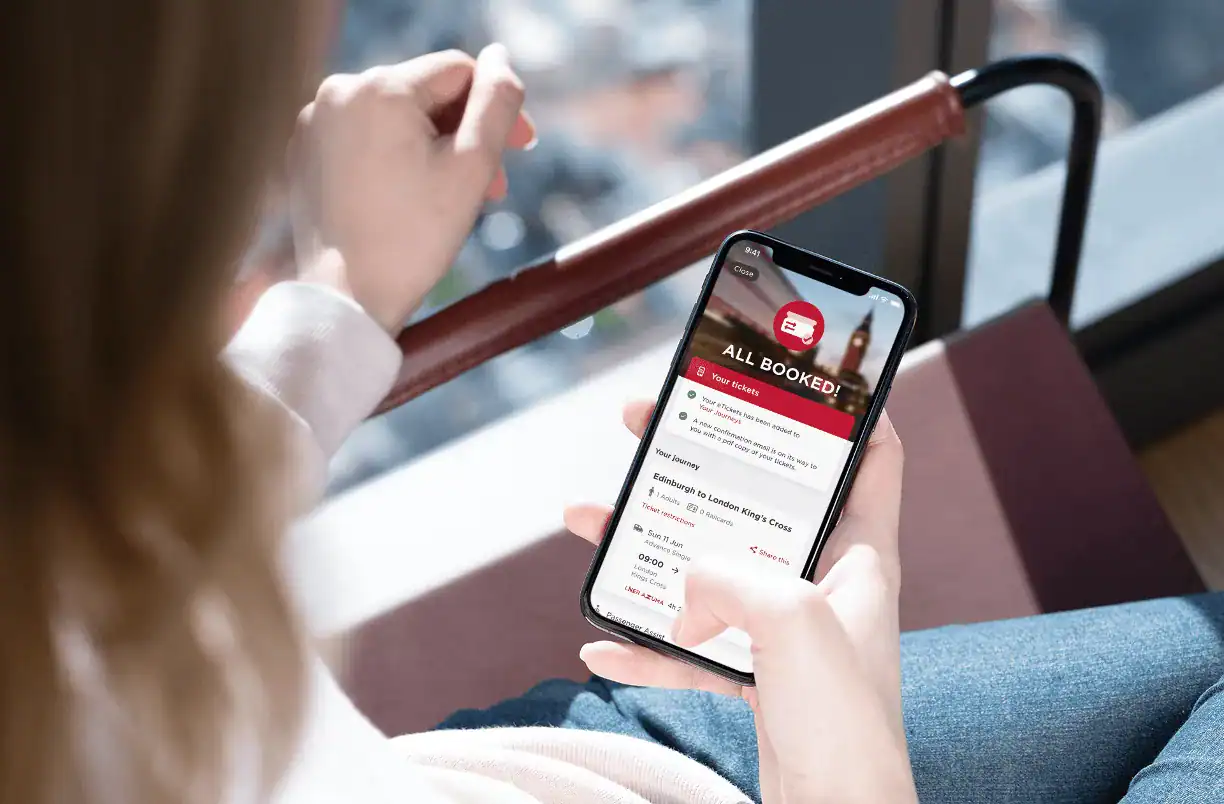
Recently, we met Jen Dallas, the Head of Digital at RSA Insurance on our TechTalks podcast and we talked about her background and experiences in technology. She supplied some hot tips for CTOs for improving a user’s digital journey to create improved usability and impactful user experiences for every customer. Keep reading to find out Jen’s advice.
How to create outstanding usability and user experiences
1. Examine user journeys
Jen highlights that certain industries have more “grace” than others — customers are willing to put up with a level of website difficulty if the end product is attractive (such as travel).
However industries like insurance or finance may find that users have less patience with usability and user experience (UX) issues. So, identifying areas where customers get stuck on website errors or interface problems are the best places to start.
To determine the pain-point areas, ask:
- Where do customers get stuck?
- What could help the customer at those points in the journey?
- What steps along the way to conversion were easy or difficult?
2. Utilise user testing
Jen’s team at RSA has a dedicated user testing resource. They test “three or four pieces of user research every month” to constantly learn and improve their digital offering.
Frequently putting the project into users’ hands allows the team to share findings with various product teams, and make impactful changes for their customers, business-wide.
Jen says that, for user testing to be a success, you’re looking to “fail fast and make things better”. Every test provides an opportunity to evolve the final product towards excellent usability and UX. To find out more about testing and iteration you can read our guide to product prototyping.
3. Work with tribes
To improve customer experience across your business, you can work with a ‘tribe’ model. Jen’s team works with tribes across product verticals, such as Motor and Commercial insurances.
Jen suggests including the tribe in UX projects early, so that they’re “part of the discovery, they’re part of the thinking, and they’re part of the solution”. This method captures the nuances of each tribe’s product, and learnings from the process can improve efficiency for both customers and that business area.
4. Question your priorities
Jen’s advice when taking on UX improvements, is to consider four questions about that project:
- What is the business challenge we are trying to solve?
- Is this the right process for this issue? Or are there other ways that the challenge could be solved?
- What’s the right thing for the customer?
- What’s the right thing for the business?
These four questions will help to prioritise projects in relation to business needs, to improve the customer journey (and hopefully conversions thereafter) in the long run.
In Jen’s experience, securing buy-in from the higher-ups isn’t a problem when using the test, tribe and prioritise steps because her colleagues can see the constant learning taking place:
“We’ve created a process and somewhere along the way, it didn’t work. So how do we learn from that, and not take the same battle scars into the next piece of work? And I think people really respect that.”
Create seamless usability and impactful user experiences
You can listen to the full podcast, featuring Softwire’s own Zoe Cunningham and Jen Dallas, Head of Digital UK and Ireland at RSA Insurance. If you’re looking for more digital insight, check out the #TechTalks podcast series on Soundcloud or read Softwire’s guide to prototyping for Financial Services.


